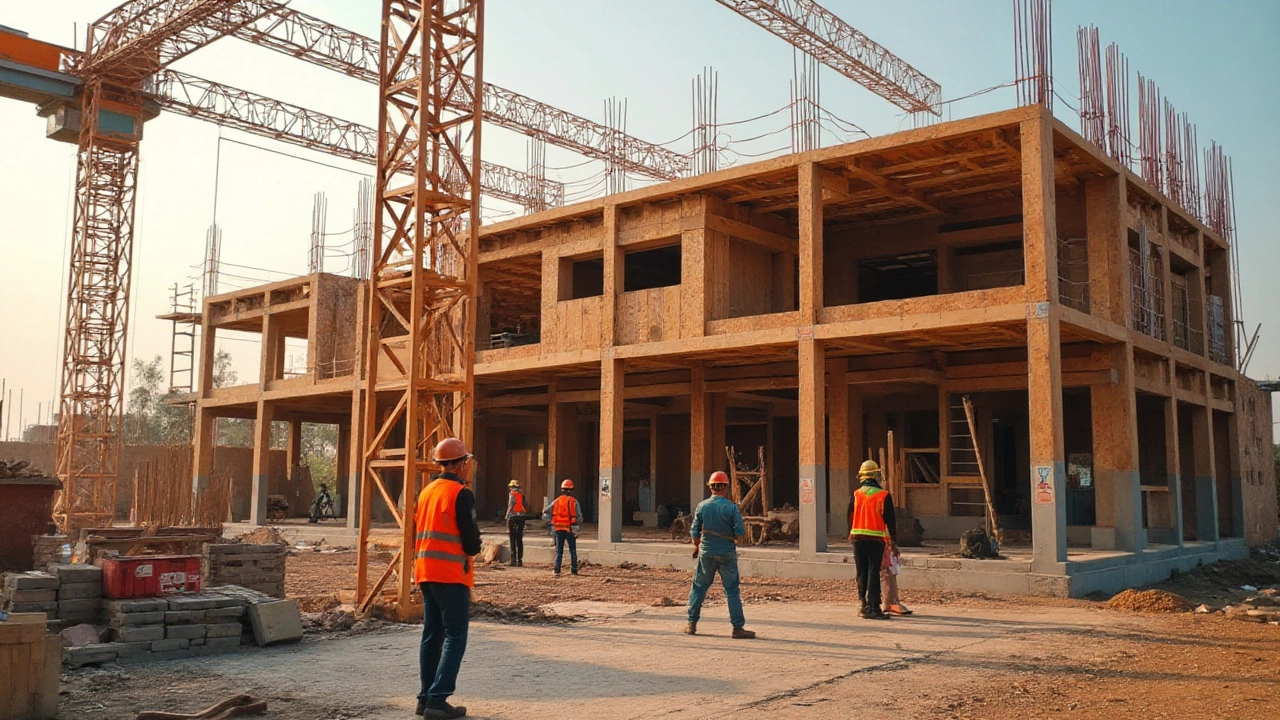Building Classification: Types, Codes, and What They Mean for Your Project
When you hear building classification, a system that groups structures by materials, fire resistance, and use to meet safety and code requirements. Also known as construction type, it determines everything from what materials you can use to how much insurance you’ll need. It’s not just paperwork—it’s the reason some buildings can survive a fire for two hours while others collapse in minutes.
There are five main Type 5 building construction, a wood-frame system common in homes and small buildings, where flammability is a key concern, and then Type C construction, a non-combustible system using steel and concrete, often required for warehouses, offices, and retail spaces. These aren’t just labels—they’re legal requirements. In the UK and US, building inspectors check these types before issuing permits. If your project doesn’t match the classification for its use, you won’t get approved. A residential home built with Type C materials might cost 40% more than needed. A commercial building built like a house? That’s a safety risk and a liability.
Why does this matter to you? Because whether you’re building a new home, renovating a loft, or planning a commercial space, the classification dictates your budget, timeline, and even who you hire. A contractor who doesn’t know the difference between Type 5 and Type C might use the wrong materials—and you’ll pay for it later. You’ll find posts here that break down real-world examples: how Type C is used in modern retail buildings, why Type 5 is still the go-to for small homes, and what happens when you mix them up. You’ll also see how these classifications connect to foundation issues, remodeling rules, and even paint warranties—because what’s allowed on a commercial structure isn’t always allowed on a home.
Whether you’re a homeowner planning a renovation, a developer sizing up a project, or just trying to understand why your new build has certain restrictions, this collection gives you the clear, no-fluff facts. No jargon. No theory. Just what you need to know to make smart decisions before you break ground.
Understanding Type D Construction in Commercial Projects
Type D construction refers to a specific category within the construction industry, often used for non-residential buildings. These buildings are typically of minimal fire resistance, using combustible materials but designed with safety in mind. This classification is essential for understanding the structural and safety standards required in various building projects. In this article, we explore what distinguishes Type D construction, its applications, and safety considerations.
Learn more...